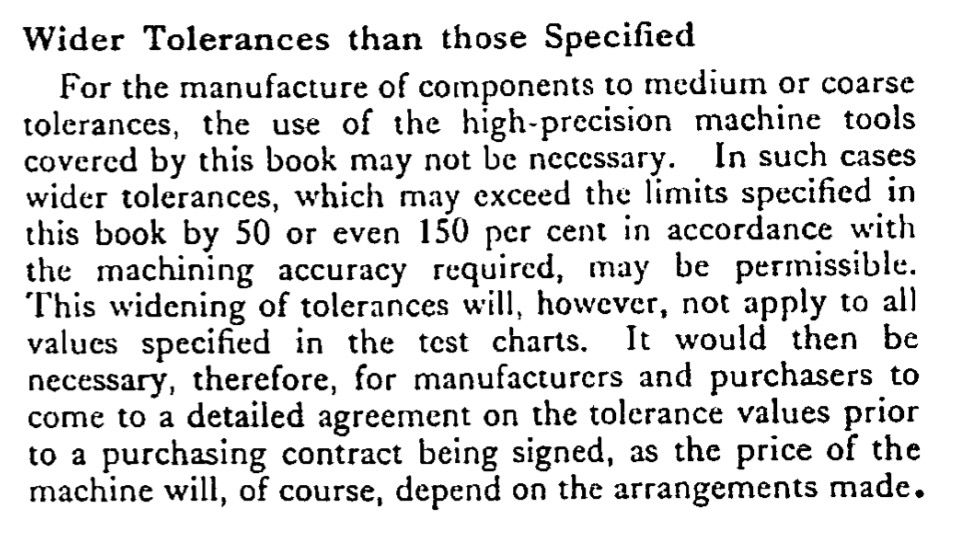Just a beginner observation but skill allows the operator to overcome many shortcomings found in cheap and worn equipment.
A machine in good order saves time because the operator doesn't need to understand and compensate for errors. Employers can use cheaper and more easily trained semi-skilled staff rather than expensive hard to replace master-craftsmen. Operators can share machines without having to worry about differences. The downside is that precision machines are expensive to buy and keep in good order.
Having a precision machine in a home workshop will save the owner time. Also there's much pleasure to be had from owning a fine tool, not to mention the bragging rights!
But many hobbyists do precision work without precision equipment. They learn how to make the best of what they have and apply skill to compensate for any shortcomings in their equipment. For me the hobby is more about learning practical skills and stretching my brain within a budget than making things. The time factor doesn't matter very much to my kind of hobby-bodger and I enjoy from getting results with limited equipment. It's not an approach that works for everyone!
There is a particular beginner mistake I feel. You get interested in metalwork without knowing much about it. You ask around and read books. It's quite easy to get the 'not wrong' impression that buying the best of everything will solve all problems. You quite often see posts on the forum looking for brand-name reassurance and asking 'which is the best quality wot-sit…' Good questions, but the answers can be discouraging and taking the advice unaffordable, when much more ordinary stuff would do the job. I'd suggest that many – not all – would do better to lower their sights, buy something, and get on with it. For many the easiest and lowest risk way to make a start is to buy new Far Eastern from a Local Vendor, not direct from China! Many others have ready access to good second-hand kit. Either way can be made to work. Come on in, the water's lovely!
Dave
Andy Carruthers.





